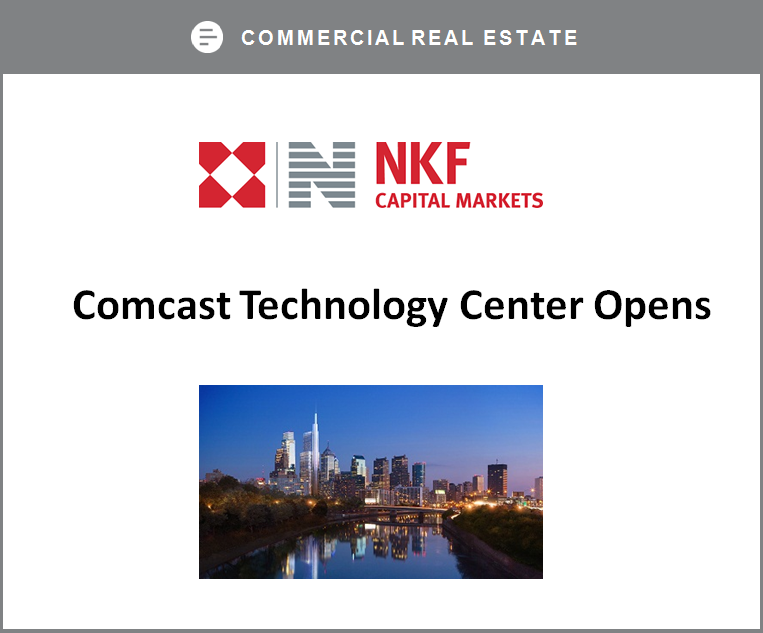AT&T (NYSE:T) announced a new advertising and analytics division last August in anticipation of acquiring Time Warner. In the press release announcing the new business, CEO Randall Stephenson said, "Once we complete our acquisition of Time Warner Inc., we believe there is an opportunity to build an automated advertising platform that can do for premium video and TV advertising what the search and social media companies have done for digital advertising."
The acquisition of Time Warner closed on June 14, providing AT&T with the last piece of the puzzle to take on Facebook (NASDAQ:FB) and Alphabet's (NASDAQ:GOOG)(NASDAQ:GOOGL) Google. The telecom brings loads of data to the table: where its subscribers live and other demographic information as well as TV viewing and streaming habits thanks to its wireless phone, home internet, and pay-TV services. Time Warner provides it with ad inventory to actually use that data.
AT&T can use Time Warner as a way to combat the decline of TV viewership and the shift of ad dollars from television to digital properties like Facebook and Google.

IMAGE SOURCE: GETTY IMAGES.
The crux of the argument
In his opinion supporting the merger between AT&T and Time Warner, Judge Richard Leon points out Facebook and Google's ad revenues have surpassed television advertising. "Watching vertically integrated, data-informed entities thrive as television subscriptions and advertising revenues declined, AT&T and Time Warner concluded that each had a problem that the other could solve," Leon wrote.
Indeed, digital advertising accounts for practically all of the growth in U.S. ad spend, and Facebook and Google account for nearly all of the growth in digital advertising. The value of advertising on Facebook or Google properties stems from the huge amount of data the companies are able to collect on their users coupled with the huge amount of ad inventory both companies have. Both factors stem from the popularity of their services like Search, YouTube, Facebook, and Instagram.
With the Time Warner acquisition, AT&T is now itself a "vertically integrated, data-informed entity," as Judge Leon put it. It has the user data from AT&T's wireless and pay-TV subscribers, and the ad inventory in Time Warner's cable networks. That will allow it to increase competition with the digital advertising giants.
Five times the ad prices
In its early experiments with its targeted ad platform, AT&T found advertisers were willing to spend "three, four, and five times per impression what companies like Turner, CBS, and those companies are getting," according to testimony from John Stankey, the head of AT&T's entertainment group.
If AT&T can scale the ad platform using Time Warner's Turner Networks and maintain its pricing power, it could prove a significant advantage for the company. AT&T could bring other distributors on board by offering better affiliate fee rates on Turner Networks in exchange for using its ad platform to sell advertisements. That's a pretty strong incentive considering price is a big reason people ultimately end up cancelling their pay-TV subscriptions and Turner channels are some of the most expensive.
Bringing on other major distributors is key to offering a nationwide ad platform that can compete with Facebook and Google in terms of reach. Viewers watching Turner channels on non-participating distributors would see plain old nationwide ads. While AT&T is the largest pay-TV distributor in the nation, it still only reaches about 25 million households.
Stopping the shift to digital
If AT&T can stop the shift in ad spending budgets from television to digital with its new ad platform it will prove the value of its acquisition. It's a big opportunity, but remains a huge question mark for investors. Considering AT&T is now the largest pay-TV provider in the nation and one of the largest cable network companies, it has a lot riding on the future of television advertising.









